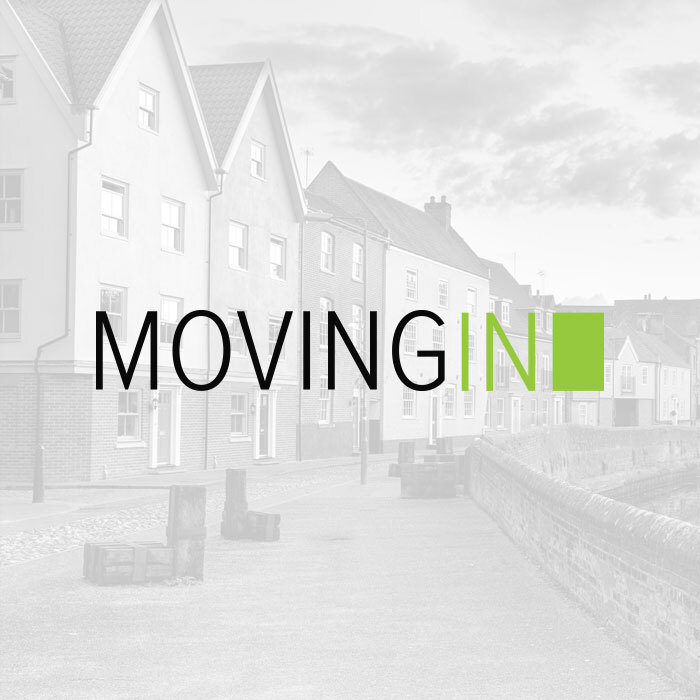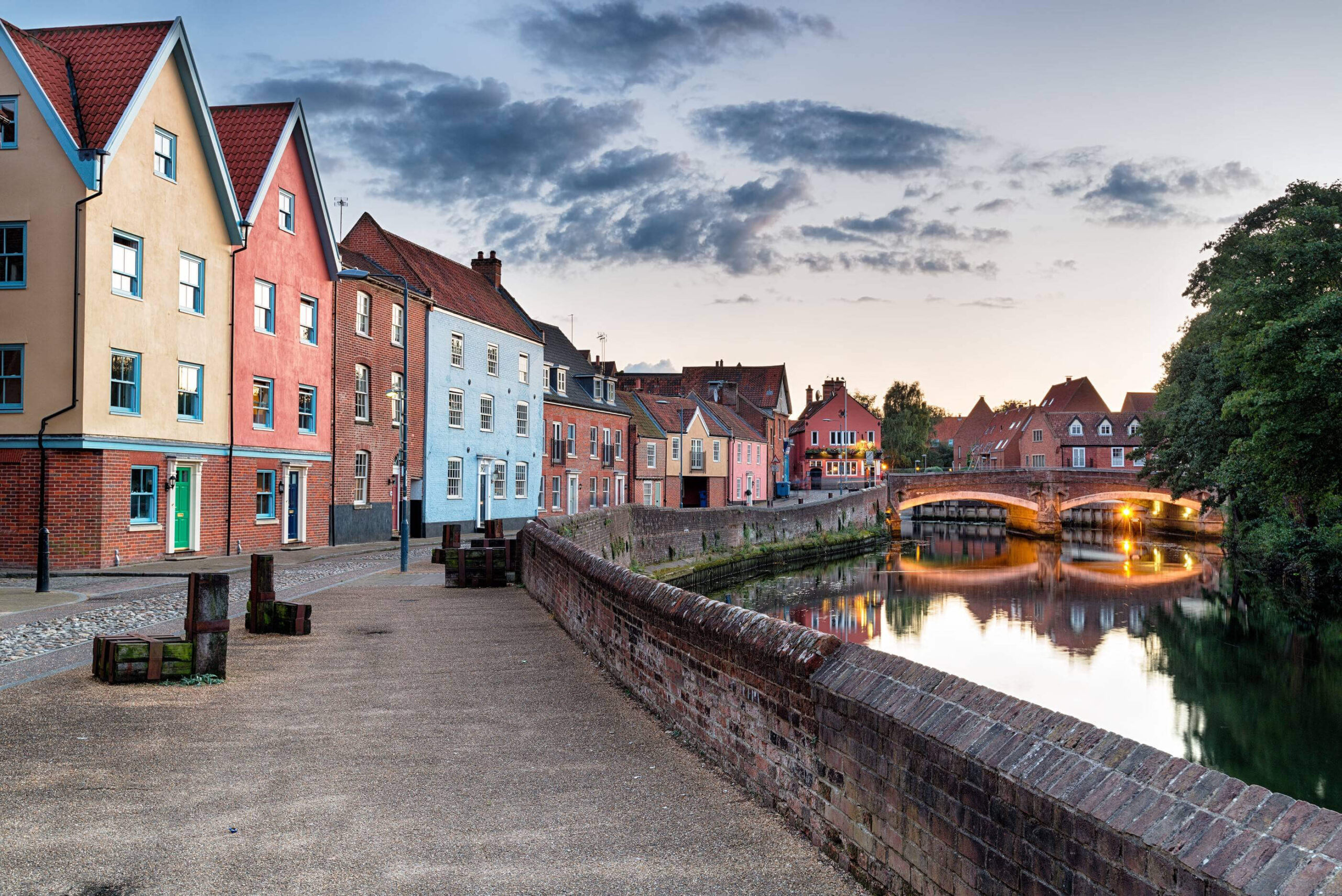
Survey shows huge private renting rise in England
The proportion of England’s households that now privately rent has soared to 19 per cent, doubling in the past decade.
The English Housing Survey results for 2013-14, just released, look set to trigger the Generation Rent/Shelter claims that younger people are priced out of the housing market.
It says in 2003-04 some 55.6 per cent of 25 to 34 year olds owned their own home with a mortgage but that figure has now dropped to just 33.7%. Over the same period, the proportion of 25–34 year olds privately renting has rocketed from 21 to 48 per cent. Over the same 10 years, owner occupation in this age group dropped from 59 to 36 per cent.
Key lettings facts for 2013-14 include:
– In 2013-14, 19 per cent (4.4m) of households were renting privately, up from 18 per cent in 2012-13 and 11 per cent in 2003. The proportion of households renting social housing remained steady at 17 per cent (3.9m).
– In 2013-14 almost half (48 per cent) of all households aged 25-34 rented privately, up from 45per cent in 2012-13. The proportion in this age group living in the private rented sector has more than doubled from 21 per cent in 2003-04. Over the same 10 years, owner occupation in this age group dropped from 59 per cent to 36 per cent.
– In 2013-14, average weekly private rents were £281 in London and £145 outside of London. There was a smaller difference between average weekly social rents in London (£125) and outside London (£87).
– In 2013-14, the private rented sector accounted for 4.4m or 19 per cent of households. Throughout the 1980s and 1990s, the proportion of private sector households stayed steady at around 10 per cent. However, the sector has undergone sharp growth since then and has doubled in size since 2002, driven by a number of factors. In the late 1990s rent controls were removed, and assured shorthold tenancies became the standard, giving greater flexibility in the length of tenancies. Lenders also introduced the buy-to-let mortgage at around the same time.
– In London, the proportion of households in the private rented sector increased from 14 per cent to 30 per cent between 2003-04 and 2013-14. Over the same period, the proportion of households in London that were owner occupied, but buying with a mortgage declined from 39 per cent to 27 per cent. In London, the private rented sector became as large as the mortgagor sector in 2013-14.
– The proportion of private rented households with a HRP aged 65 or over remained low (five per cent) over the 10 year period.
– In the private rented sector, households with children increased in both proportion and number between 2003-04 (29 per cent) and 2013-14 (36 per cent). With strong growth in the overall number of private renters over this time, the moderate percentage point increase equates to about one million more households with children. There was no significant change in proportion of social rented households with dependent children between 2003-04 (35 per cent) and 2013-14 (33 per cent).
The survey also covered the owner-occupation sector of course.
– There were an estimated 22.6 million households in England. Overall, 63 per cent or 14.3 million were owner occupiers, of which 33 per cent (7.4m) owned outright and 31 per cent (6.9m) buying with a mortgage. This has changed from 2012-13, when equal proportions were owned outright and with a mortgage.
– The proportion of all households in owner occupation increased steadily from the 1980s to 2003 when it reached a peak of 71 per cent. Since then, there has been a gradual decline in owner occupation to the current 63 per cent.
– Only one per cent of owner occupiers (212,000 households) were overcrowded in 2013-14 compared with six per cent of social renters (236,000) and five per cent of private renters (218,000).
– In contrast, half of all owner occupiers were under-occupying their home, substantially higher than private renters (15 per cent) and social renters (10 per cent).
– There were 6.3m households in England with a head of household of 65 years of age or older in 2013-14. The majority (77 per cent) of these households were owner occupiers. Of these, 4.5m owned their home outright and 334,000 were still paying off a mortgage.
– The proportion of households with at least one resident aged 65 or over, that were outright owners, increased from 65 per cent in 2003-04 to 72 per cent in 2013-14.
– In 2013, 4.8m dwellings (21 per cent) failed to meet the decent homes standard, a reduction of 2.9m homes since 2006, when around a third (35 per cent) of homes failed to meet the decent home standard.





